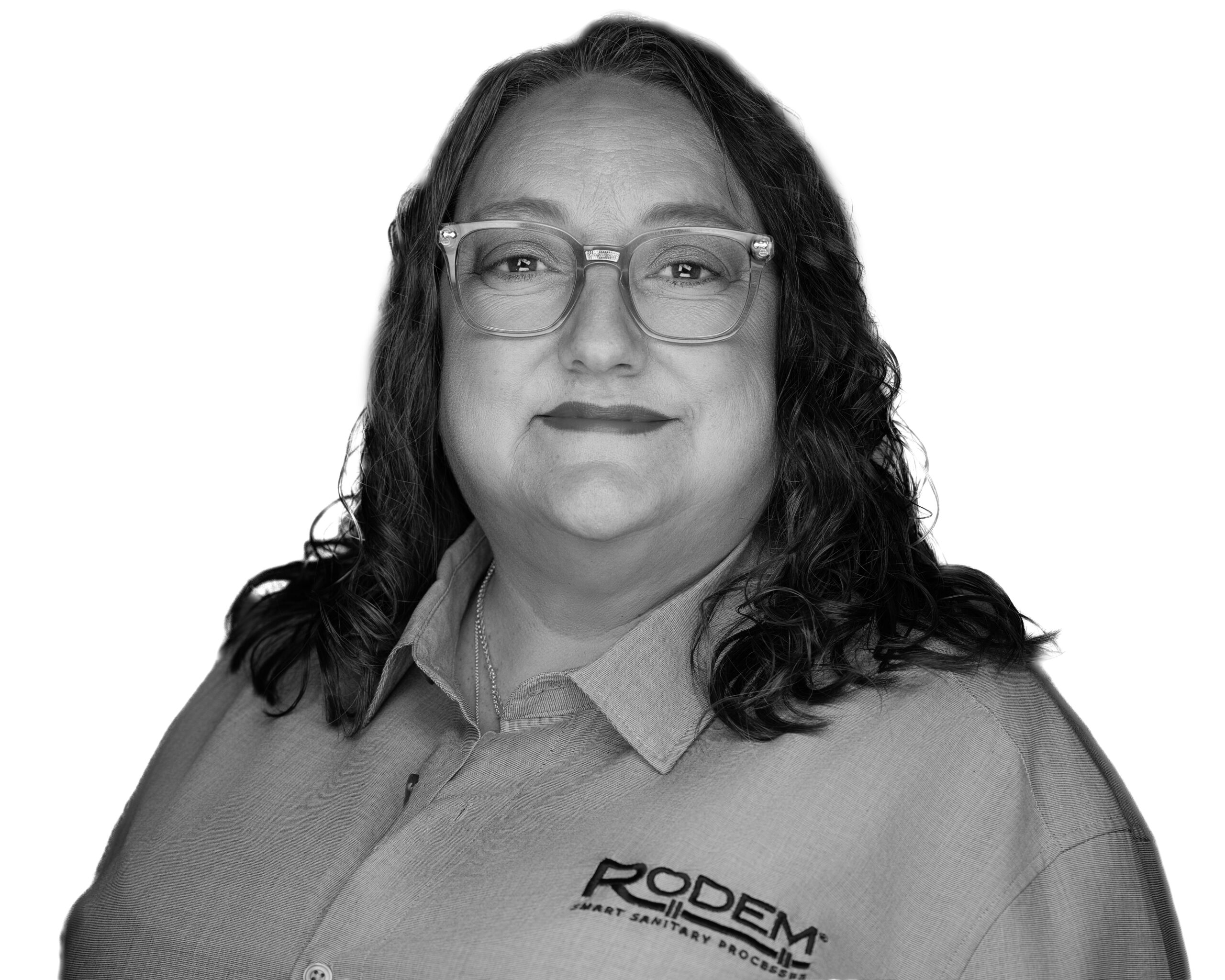
Valve manifolds add unparalleled efficiency to sanitary processors without giving up valuable floor space. Valve cluster solutions are not one-size-fits-all. A full understanding of the surrounding process and extensive planning are required to successfully execute a valve cluster installation.
These nine steps will help you understand the basics do’s and don’ts of installing valve clusters.
Valve Skids are a great option for maximizing efficiency and minimizing downtime for your process. Each stage of the design, build and installation process is an important component to fully realizing the benefits in your process.
Rodem’s expertise can help ensure you the most efficient flow management, using as few components as possible and dealing effectively with key issues that include thermal cycling, cleanability, drainability and flow control. Click below to learn how Rodem can help your facility with skid design and installations.
The flexibility of the building process means you can bring even complex installations online quickly, saving time and avoiding lost revenue associated with production downtime. Read about one customer that obtained greater production in less time with a valve skid.
**Special thanks to our manufacturing partner Alfa Laval for providing us with the above content!**

E-mail: [email protected]
Copyright 2024 Rodem Inc. All rights reserved.
